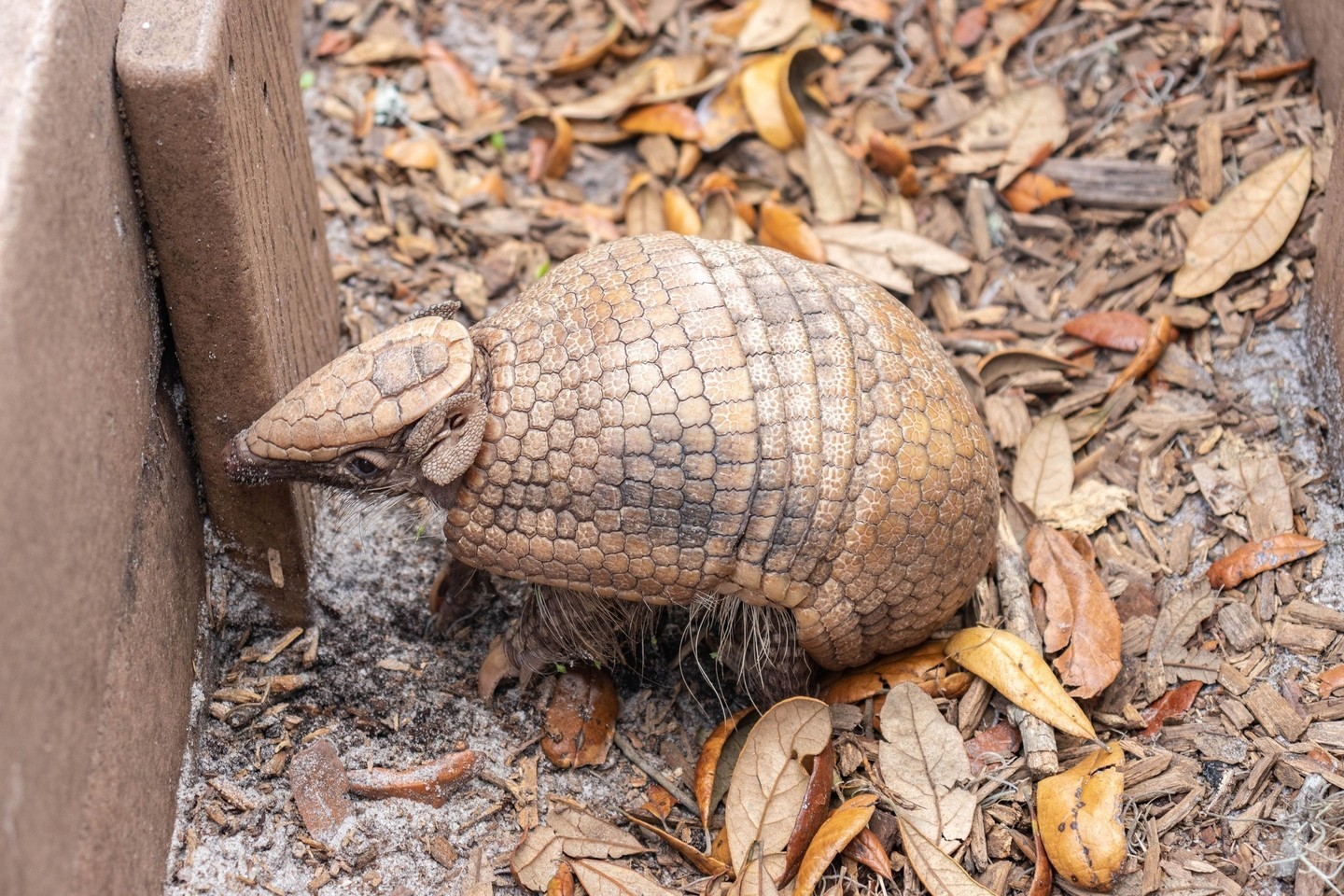– The incredible capabilities of animals with highly developed olfactory senses
– How a pink, flexible snout is the perfect tool for rooting out snacks from the ground
– The extraordinary precision and efficiency in the way some animals forage for food
Diving headfirst into the animal kingdom, one can’t help but marvel at the myriad of ways creatures interact with their environment. Among the most remarkable are those species whose survival hinges on their extraordinary sense of smell. Envision for a moment a creature designed almost as if by an eccentric inventor, equipped with a state-of-the-art olfaction system to detect the faintest scents. This isn’t science fiction stuff but a common spectacle of nature at work.
The protagonists of our story are not creatures with ordinary snouts. These animals boast pink, malleable sniffers that dance across the earth’s canvas with unerring precision and purpose. Picture the expert shuffle of a pig’s snout as it searches for truffles, those coveted fungi hidden beneath the forest floor. A pig’s nose is not just an appendage; it’s a master key unlocking the earth’s treasures.
Their snouts are not just vessels for cute snuffles and snorts; they’re an intricate network of sensory cells that could rival any modern technology designed to detect hidden items. Imagine a metal detector that could differentiate between a rusty nail and a rare coin buried in the same patch of soil. Now, picture that sensitivity multiplied and packed into a soft, wriggling snout that is constantly updated and self-maintained.
These snouts work on principles that would dazzle even the sharpest human minds. Their owners sample the air at frequent intervals, processing a constant stream of information that tells them where a meal might be found and its exact makeup. It’s akin to a walking laboratory, analyzing soil samples with every twitch.
And yet, the science of scent detection isn’t just about finding food. It’s a multi-layered dialogue with the environment. Consider the elephants, whose large, undulating noses are not merely for show. These majestic animals employ their highly sensitive trunks to find underground water sources, detect predators, communicate with family, and even sense seismic vibrations. Their trunks are as much a part of their identity as their towering presence.
We recognize patterns and skills honed through evolution as we delve deeper into the natural world’s scentscape. For example, the star-nosed mole is a small creature with a bizarre star-shaped organ that holds the title of the fastest forager on land. With its snout that can detect, decide, and devour a meal in a fraction of a second, it’s as if nature has designed its version of a Formula One car for the animal kingdom.
The anteater, another champion sniffer, deploys its long, tubular snout like a specialized vacuum cleaner designed for the natural world. It inhales ants and termites, and as a practiced connoisseur, it would savor a fine wine, using its keen sense of smell to avoid the spicy piquancy of the soldier ants while targeting the more delectable workers.
As these animals demonstrate their superb capabilities, they remind us of the intricate, delicate balance within ecosystems. The olfactory prowess of these creatures doesn’t just benefit them; it plays a pivotal role in the health of their environments. The digging and rooting aerate the soil, promoting nutrient recycling and aiding plant growth. Removing pests helps regulate species populations, maintaining a harmonious ecological equilibrium.
Immersion into the lives of these extraordinary sniffers provides more than a glimpse into their survival tactics; it offers a lesson in adaptability and innovation. Nature has a penchant for crafting the perfect tools for survival in wildly diverse landscapes, reminding us of the continuity that connects all living things.
But beyond the science and the environmental impacts lies a more poetic truth. These creatures, with supersonic noses, are not just sniffing out sustenance; they’re sensing connections, building unseen bridges between their existence and the world around them. They teach us that to interact thoughtfully with our world; one must be open to sensing the unsung harmonies that hum beneath the surface.
So next time we see a pig rooting around or an elephant gracefully maneuvering its trunk, let’s take a moment to admire not just the action but also the profound capabilities and complex interactions our world invisibly orchestrates. Instead of observing an animal’s behavior, let’s perceive a performance—a symphony of senses that sustain life in extraordinary ways.
How, then, do we draw inspiration from these supersonic sniffers in our own lives? We might not have flexible pink snouts, but we each have talents enabling us to interact with our world uniquely. Perhaps our lesson is to tune into our senses more keenly, sniff out the hidden delights in our paths, and forage for the goodness we can bring to the surface.
We are reminded of the importance of observing, learning, and ultimately understanding that we share this world with creatures that may experience it in vastly different yet equally profound ways. As we marvel at the wonders of a supersonic nose, we can strive to elevate our perceptions of the world, seek out new knowledge, and appreciate the wonder that surrounds us.
As our exploration concludes, one can’t help but be left in awe of the remarkable creatures that share our earth. Everything is connected in ways that often go unseen, from the most exquisite flower to the tiniest insect. Ultimately, the creatures that sense the world with their supersonic noses are both a marvel of biology and a metaphor for the profound interconnectedness of life. Through their stories, they inspire us to appreciate the world’s diversity and seek out our ways of sensing and experiencing the vast tapestry of existence.
*****
Source Description
They are sensing the world with a supersonic nose! Their pink, flexible snouts accurately sniff out hidden snacks, leaving no tasty bug unturned!


